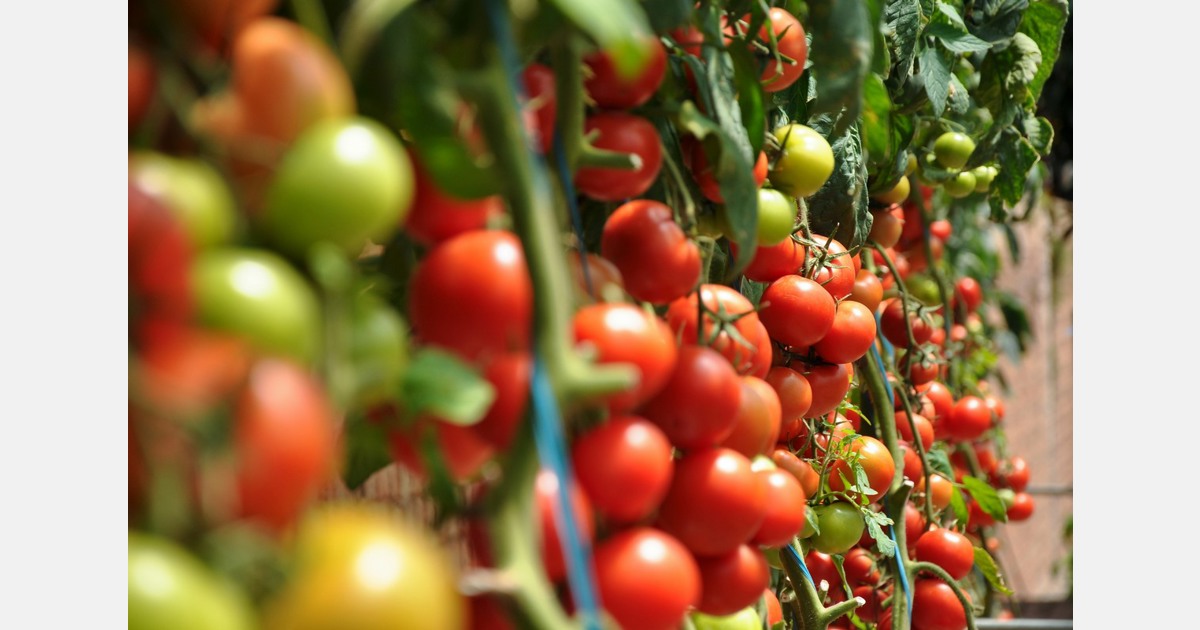Grafting is a common agricultural practice to combine desirable traits by joining the rootstock of one plant with the scion of another. Compatibility is key—without successful vascular integration, the graft fails. While grafting works well within many plant families, cross-species combinations often result in unexplained failure. One well-documented example is the graft incompatibility between tomato (Solanum lycopersicum) and pepper (Capsicum spp.), two closely related species within the Solanaceae family. Past studies identified physical weakness and failed vascular reconnection, but lacked molecular explanation. The persistent presence of necrotic tissue at the graft site hinted at deeper cellular conflict. Due to these challenges, a comprehensive investigation of the biological underpinnings of graft incompatibility was needed.
Researchers from Cornell University and collaborators published a study (DOI: 10.1093/hr/uhae255) on September 11, 2024, in Horticulture Research, providing unprecedented insights into why grafts between tomato and pepper fail. Using anatomical inspection and high-resolution RNA sequencing, the team found that incompatible grafts triggered strong immune responses and sustained cell death at the junction site. The work identifies a novel mechanism of incompatibility based on autoimmunity, opening new directions for understanding plant-to-plant recognition and graft success.
The team performed reciprocal grafts between tomato and four pepper cultivars and found consistent failure across all combinations. Despite initial graft survival in some pairings, anatomical examination showed no vascular reconnection. Structural tests confirmed weakened stem stability. Using trypan blue staining, researchers observed high levels of nonviable tissue at the junction up to 21 days after grafting, in contrast to self-grafts that healed progressively. RNA-seq analysis revealed that incompatible grafts expressed significantly more differentially expressed genes—especially nucleotide-binding leucine-rich repeat receptors (NLRs)—than self-grafts. These NLRs, known for recognizing pathogenic threats, were upregulated without any pathogen presence, indicating a self-activated immune reaction. Moreover, markers of DNA damage and cell death, including BRCA1, BARD1, and programmed cell death genes, were highly expressed. Interestingly, the study also found that incompatible grafts shared transcriptional signatures with biotic stress responses like parasitism and fungal attack, suggesting that the plant perceived the other species as a biological invader. Shared orthologs between tomato and pepper—such as ERF114—further support that common genetic elements mediate this rejection. Overall, this is the first clear demonstration of autoimmunity being the molecular cause of interspecies graft incompatibility in crops.
“Our research reveals that incompatible grafts behave much like plants under attack,” said lead author Hannah Rae Thomas. “Tomato and pepper appear to mistake each other for invaders, activating immune pathways that lead to persistent cell death at the graft site. This immune-driven incompatibility offers a compelling explanation for why these species, despite their genetic closeness, cannot be successfully grafted. It’s a reminder that plant immune systems are remarkably discerning—even with their own family members.”
These findings have profound implications for plant breeding and agriculture. By identifying genetic markers and immune pathways responsible for graft failure, breeders may be able to screen for compatible scion-rootstock combinations or even engineer compatibility. The work also opens a new frontier in understanding how plants distinguish self from non-self—a process crucial not only in grafting but also in pathogen defense and hybrid breeding. Furthermore, this study lays the groundwork for predictive models of compatibility and may guide future development of interspecies grafting strategies across the Solanaceae family and beyond.
Source: NewsWise
